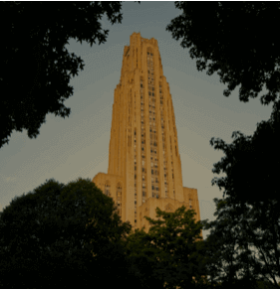
Subscribe to Pittwire Today
Get the most interesting and important stories from the University of Pittsburgh.When Kornelia Tancheva first stepped into the University of Pittsburgh’s Hillman Library in 2017, she saw more than aging infrastructure and outdated reading rooms. She saw potential — a space not yet built, a vision not yet realized.
“There was a project to upgrade, but the construction hadn’t begun,” Tancheva recalled. “The design had started, and a group was already rethinking what the library could be.”
What she inherited was a mid-20th-century structure, a classic research library designed for books, not people. It was more warehouse than community hub, packed with stacks and low on light. The infrastructure was faltering: the HVAC was unreliable, outlets were scarce and the space hadn’t kept pace with the digital demands of modern research and teaching.
But rather than simply renovate the building, Tancheva and her team set out to reimagine the very idea of what a university library could offer in the 21st century.
“We had to ask: What are we doing in this space? What’s the purpose of a library now?” she said. “It’s not enough to make a more comfortable building. We had to make a more relevant one.”
Over eight years — spanning a pandemic, shifting technologies and evolving learning styles — Hillman Library underwent a meticulous, floor-by-floor transformation. The renovation was never just cosmetic; it was philosophical, asking: What should a research library do in a world where information is everywhere?
Five core principles guided the redesign: Envisioning the library as a gathering space, focusing on experiential learning, designing for diverse learning styles, emphasizing unique collections and supporting digital scholarship.
“We aren’t just accommodating what students and researchers need today,” Tancheva said. “We’re anticipating what they’ll need tomorrow.”
Key to Hillman’s rebirth was embracing campus-wide and community partnerships. From Pitt Digital to the Center for Creativity and the Center for Teaching and Learning, each floor contains shared resources and reflects shared goals.
For example, the Technology Lab — built with Pitt Digital — offers software support, poster printing and peer tech ambassadors. Student art rotates through the building, while community events draw visitors from across Pittsburgh.
That openness is intentional. “The library should be a bridge,” Tancheva said. “Not just between departments, and between students and faculty, but also between the University and the public.”
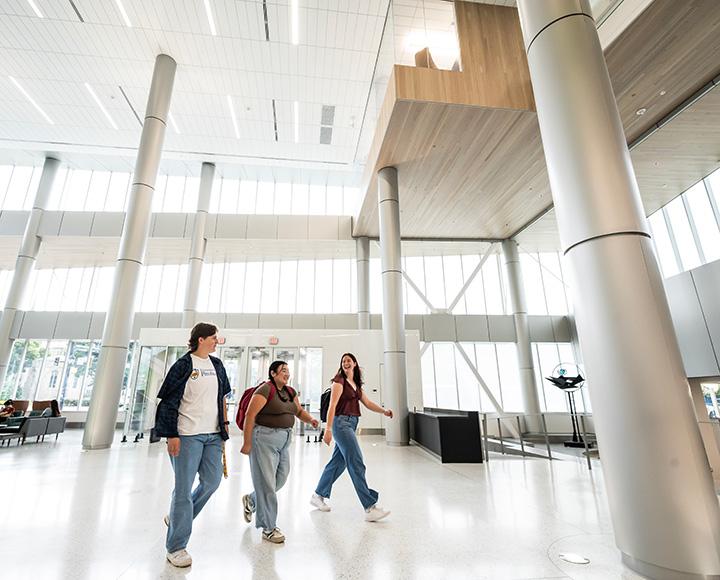
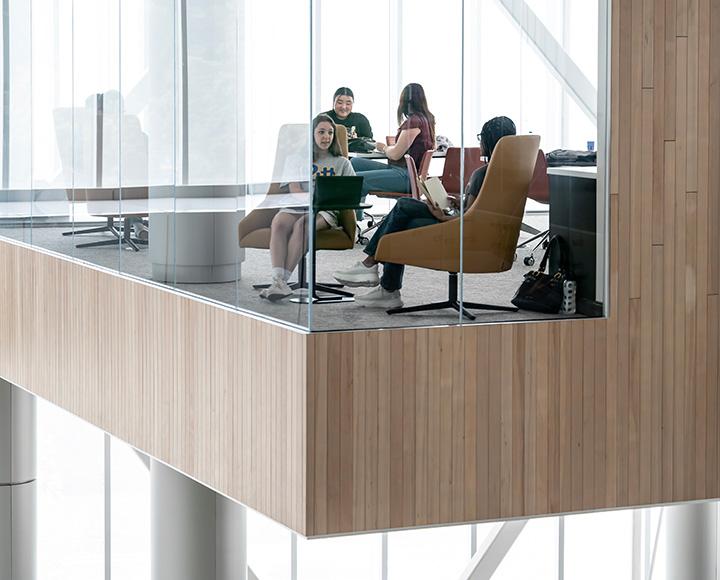
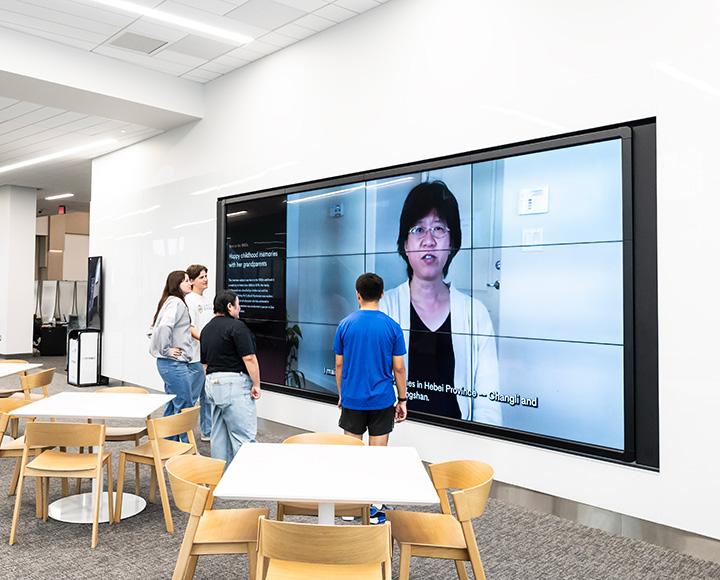
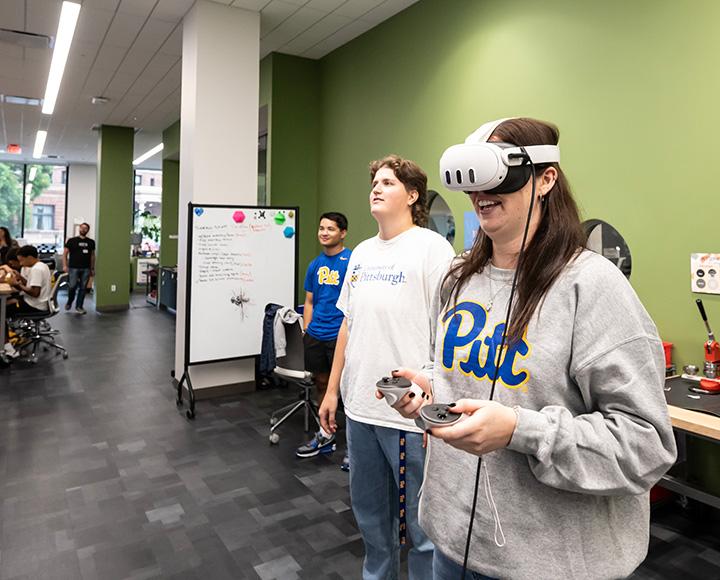
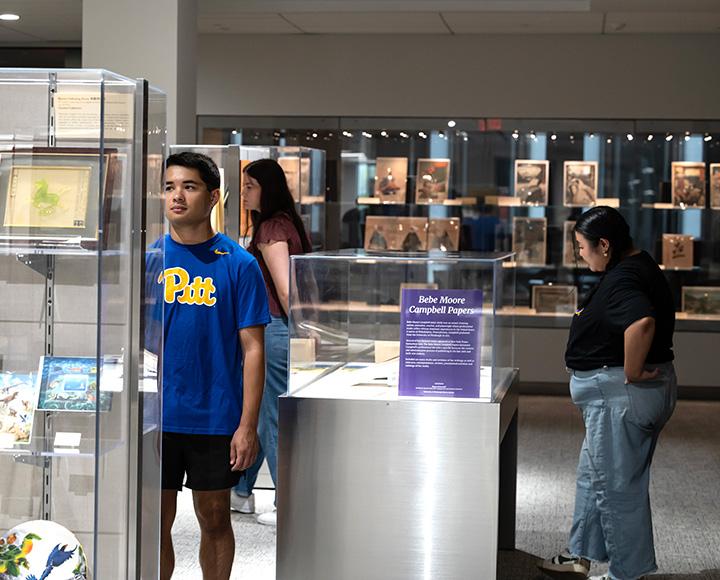
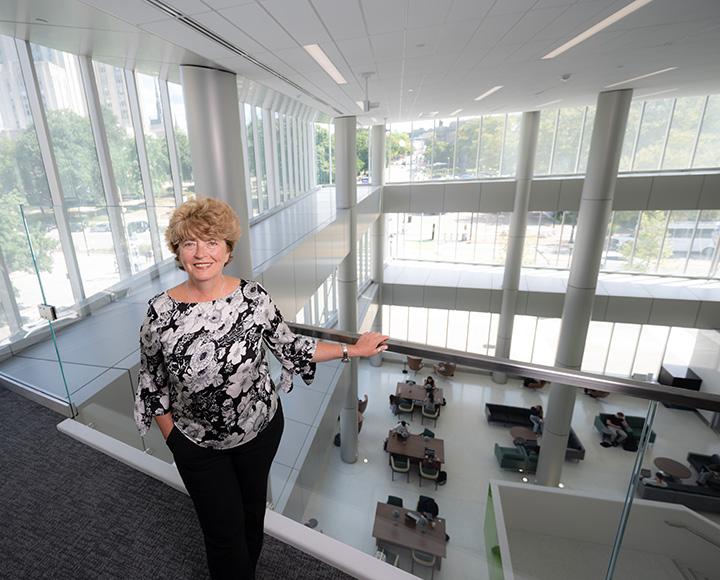
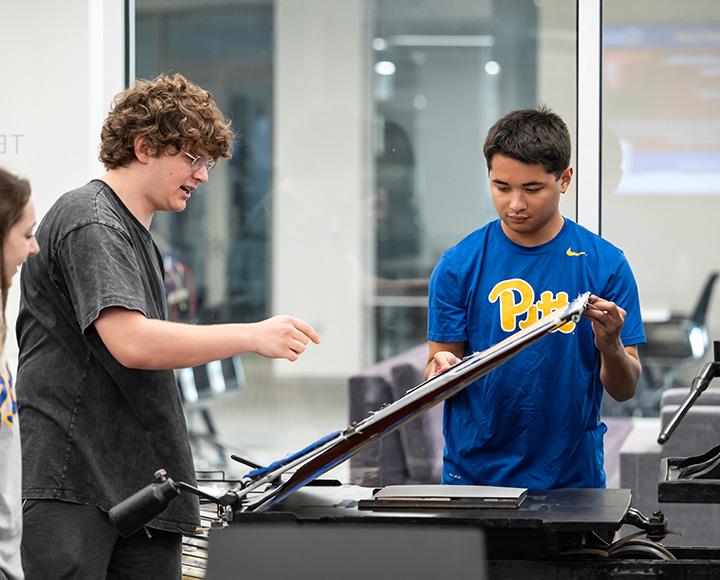
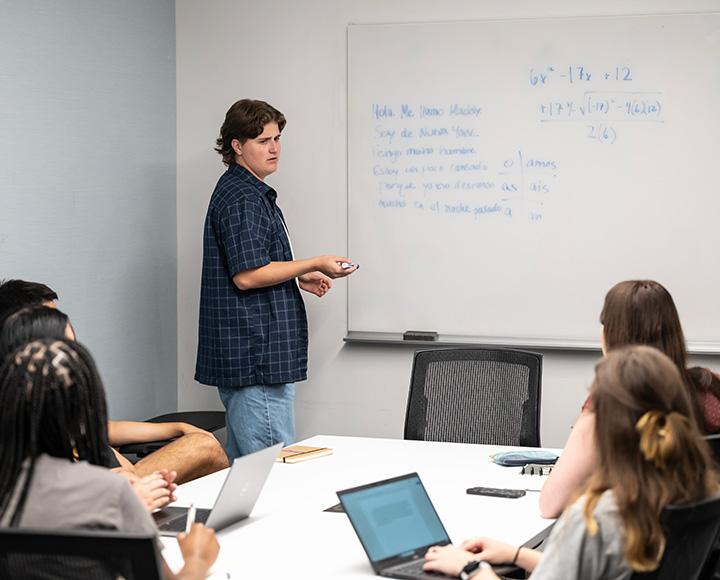
She pointed to outreach as one of the most significant philosophical shifts. “In the past, research libraries served only their internal communities. Now, we’re reaching into high schools, neighborhoods and cultural institutions. We’re saying: This knowledge belongs to you, too.”
The renovation required more than furniture and fixtures — it required a cultural shift. Librarians at Hillman adapted to new demands: digital scholarship, data science, GIS, metadata creation and public engagement.
“When I arrived, we had one digital scholarship librarian,” Tancheva said. “Now we have an entire department.”
“We’re not just cataloging books,” she added. “We’re building access, facilitating discovery and helping people tell their stories.”
And with artificial intelligence and machine learning reshaping information landscapes, Tancheva said she sees more opportunities than threats.
“These tools challenge us, yes,” she said, “but they also help us imagine what libraries will become next.”
Renovating while staying open wasn’t easy. Staff relocated offices multiple times. Work proceeded floor by floor to ensure that no class of Pitt students would ever go without access to the library.
“We’re at the finish line,” Tancheva said. “And the light is pouring in.”
Celebrate Hillman’s renovation
After eight years, Hillman’s renovation is nearly complete, with a grand public open house planned for Thursday, Sept. 4, 11 a.m.-2 p.m. Join the celebration for tours of new spaces, exhibitions and prizes. Find more information.
Photography by Aimee Obidzinski


